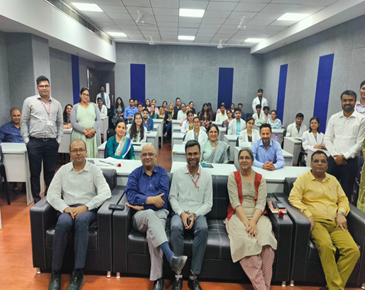Volume 2 Issue 5 May, 2012
How do I Understand This Case?
I am narrating here a summary of my observation concerning a unique pattern of illness manifestation in many rural patients attending the out‐patient services during my service at NIMHANS. They suffered from ‘somatoform disorders.’ In this, somatic symptoms are the presenting features, which co‐exist with both anxiety and depression. Decades ago, this syndrome was also called ‘somatic‐ depression.’
These patients used to be given appointments for review 2‐8 weeks later. But, many of them would come for review only after a few months. When enquired about the reason for not coming earlier and the status of their health during the interval, it would turn out that they would be symptom free initially for a few weeks. Later, symptoms would recur. But, they will not be able to attend review due to urgent agriculture‐related work, or some important and unavoidable engagement. Despite the presence of symptoms, they would attend work whenever they can manage. If the symptoms become severe, they would rest for a day or two before getting back to work.
My experience with these patients was that, in spite of having symptoms, these patients do not have time to “fall ill,” and cannot afford to “fall ill.” The question that still bothers me is: “What diagnostic label to give these patients?” (i) “Symptomatically ill, but functionally healthy?” (ii) “Pathologically healthy?” (iii) Or, “Just ignorant?”
As if in response to the above experience, I have begun to recognize in my practice in the last 15 years, a small proportion of patients who suffer physical symptoms without identifiable pathology. They have no satisfying engagement during their waking hours. It is as though they suffer because they do not have anything better to do.

Former Prof. of Psychiatry, NIMHANS, Bengaluru

